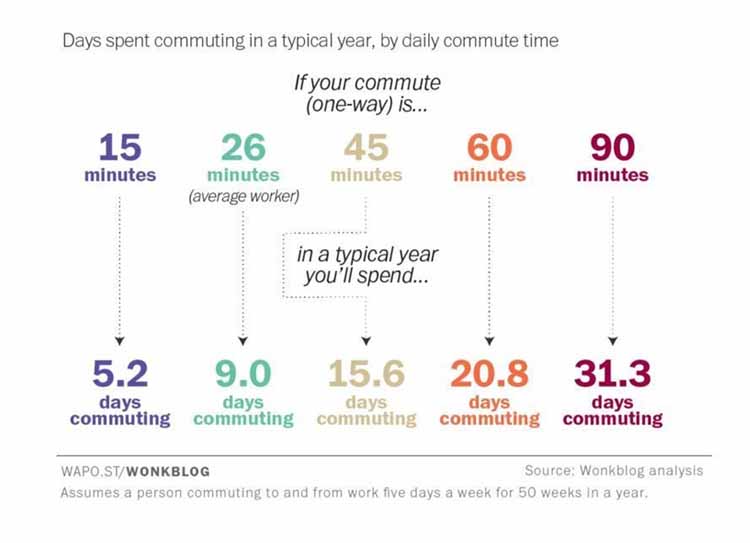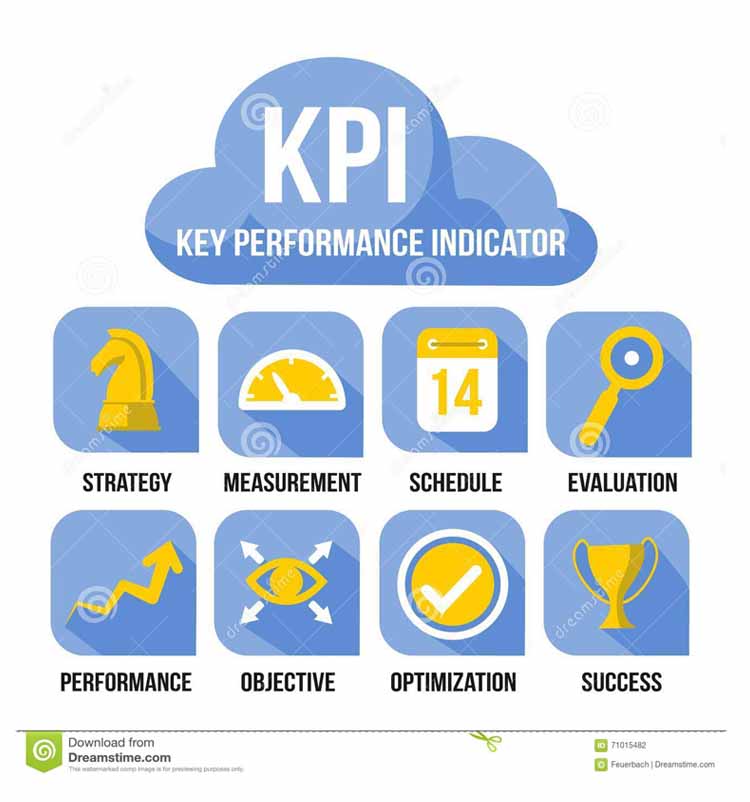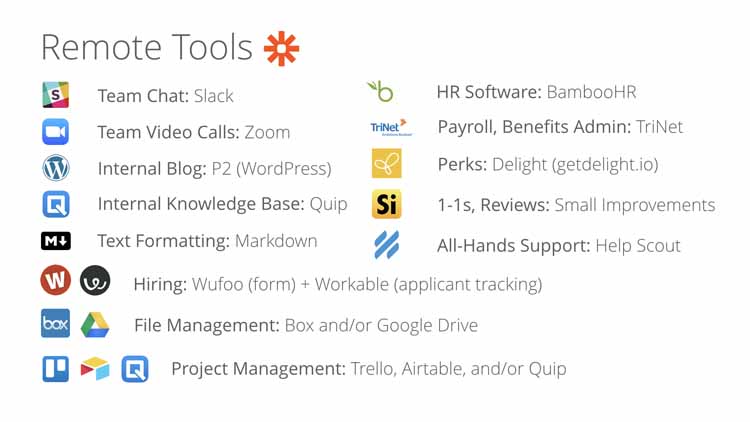10 things to keep in mind when hiring a remote employee
Any way you choose to slice it, remote work translates to profitability for all concerned – companies, workers, and yeah, even the planet.
Workers like the flexibility and control it provides, along with a heavy reduction of commute time. And fewer workers commuting to work naturally converts to lessening of nasty things like pollution.

How much time an average American worker wastes on commute each year
But where do you, the business owner/manager, fit in? Is the profit worth the risk of hiring remotely? You’re all about the numbers, right? Then you’ll want to plug your numbers into the Global Workplace Analytics Calculator.
Nice, isn’t it, to know that having flexible/remote workers can actually translate to moolah? It’s not just some vague notion of a better workplace, but quantifiable profits.
But before you jump on it, here are some things you’ll want to keep in mind when hiring a remote employee:
1. Remember that remote economy is not the same as gig economy
You could hire remote workers on a per gig basis. But remote workers can also be full-time workers who simply work away from your office.
For short temporary gigs, contracting makes sense. If you want to take full advantage of the remote economy, have your remote employees step up to the plate, and take more responsibilities, full-time is your best bet.
2. Find a remote employee that’ll fit right in with your business needs
According to Gallup’s State of the American Workplace report, 43% Americans work remotely at least partly. You’re better off hiring from that 43%. Meaning, ideally your new remote hire is not brand new to this world.
Hire someone who knows the ins and outs of what it takes to work mostly on their own, see a task through without needing much supervision, and can comply with your work hours. Of course, all this on top of being a pro in their chosen field.
3. Craft an air-tight remote employee hiring process
If you’re going to find the ideal remote employee you’ll have to craft a hiring process that’ll draw the right person to you.
Hiring remotely is finickier than figuring out whether someone is technically suitable for the role. And that can bring you into a personal territory.
For instance, you might need to figure out whether the candidate will work from a beach sipping umbrella-garnished drinks or from a home office. Given the flexible nature of remote work, when and for how long will he be available online? If something urgent comes up related to your business, how will he prioritize his work?
These issues are not within the purview of a regular interview. But for a remote hire, you’ll have to unabashedly broach the subject.
On another note, read Health Proof your Startup Office.
4. Lay out the roles, responsibilities, and KPIs for your remote worker
Even if you have one remote worker, you’ll want to add structure to his work roles and responsibilities if you expect to get the most out the process. Ideally, you should also share your company’s KPIs with him. That way he has an idea of where he fits in the big picture and accordingly take up responsibility.
The best way to share the intricacy of his roles and how his performance will be measured is during the onboarding process – which also needs to be rock-solid.

Orient your remote hire to their roles, responsibilities, and your company’s KPIs
5. Get your remote work rules and regulations straight
Rules and regulations are always tenuous grounds and more so in the realm of remote work where some of the groundwork is still being laid. You need to be mindful of such variables as whether the employee is a full-time worker or contract, is American or international, are there any regulations specific to your state, is the role fully remote or is it telecommute.
In matters of taxations (and withholding), the number of hours the remote employee works, and what kind of benefits he gets – remote differs from regular hiring. In what ways will depend on your business, where you are located and the type of remote employee you’ll hire.
6. Step up your remote employee communication game
Communication has the power to make or break virtually anything, including the success of your distributed teams.
In-office teams often “happen upon” communications – an impromptu chat, a mini brainstorming session, even going to a colleague’s cubicle for consultation. As important as these are, they’ll inevitably be missing from a distributed group.
That means you’ll have to plan for such situations. Whether it be video hangouts or weekly meetings, organize and set up your communication channels. And when an impromptu office meeting occurs keep them in the loop.
7. Make tech your remote work friend
Remote work, the way it stands today wouldn’t have been possible without technology. Whether you’re handling finance or developing a new product or creating a marketing campaign, you’ll want everyone in your distributed team involved.
Thankfully remote tools are available for any size and type of business and some are even industry specific. Which ones are right for you will depend on your functions and end users. There are many free remote tool options as well as paid ones, but the beautiful thing is most include a free trial. So try before plunging in.

Consider your goals and the end users before you invest in remote management tools
8. Tune into your remote worker’s time zones
Time differences. Ugh.
Love it or hate it, if you have a remote employee you’ll have to work around time differences. Certainly, there are cases when a remote hire will work or at least engage with your team during your work hours. But most won’t.
So you’ll want to figure out work allocation times, turnaround times, and best communication times. And most of all, have contingencies for urgent situations. Once again, there are several apps for that (well, for the first three).
9. Amp up your remote management stylings
In this video interview, Kate Lister, the President of Global Workplace Analytics briefly mentions a shift that needs to happen to seamlessly manage remote work.
That shift is primarily managers and business owners acclimatizing to the fact that serious work happens remotely, now. And in this new paradigm, alongside your employees, micromanaging is leaving the building.
Every function of a manager, from simple monitoring to providing employees the support they need, has to happen online, whereby remote workers will have equal access and opportunity.
10. Make room for your remote employee
Yep, that’s actually a thing. While your remote hire won’t make any demands on your cramped offices, he’ll need to be given space in the way work happens around your office.
This could take several forms – such as updating your processes and methods, HR policies, or the way problem solving occurs.
Or it could be much bigger in scope – like acknowledging that a person whom you don’t physically meet every day is a vital part of your organization and a part of its culture.
Without this, you risk alienating your remote hires and they’ll never graduate from grunt work. And remote work is moving way too fast for your business to risk that.
Working with remote workers is not like working with Martians. In principle, much of what works for your in-house team will work for your remote employees as well. And that’s a safety net you can always fall back on. That said, it’s essential to adapt to the new demands and put the required checks and balances in place to make sure your business actually profits from going remote.
